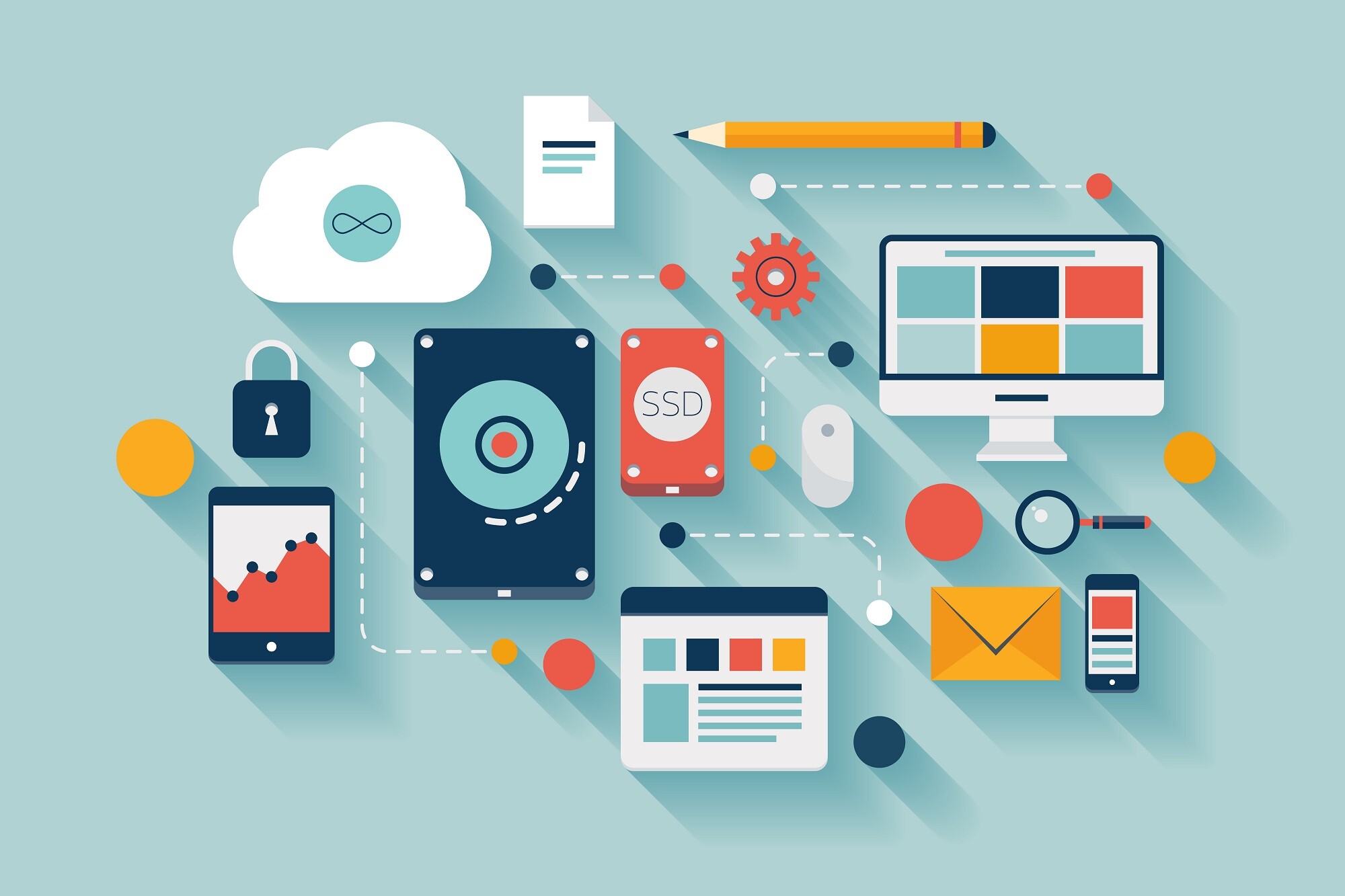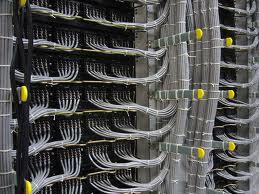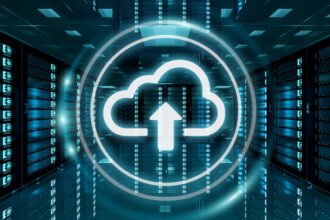Data storage trends become more encouraging year after year. Larger-scale companies discover storing and managing data becomes much easier to manage as new innovations and trends develop. Even those requiring data storage for personal, non-commercial purposes should look at the big changes in data storage. Unique trends emerge and do so on a continual basis. Technology is, after all, something that never ceases to evolve. What are some of these trends to be on the lookout for?
Cold Storage and Cost Cutting
Just as a lot of “junk” piles up in the basement and attic, hard drives and cloud computing drives can be loaded with data that isn’t all that important but still needs to be archived. Deleting and purging data means its lost forever. Certain items of data might not be all that necessary or relevant at the present time but things may change in the future. Cold storage is emerging as a less-costly means of placing such data in a safe place. Take this as a budget-saving solution perfect for companies hoping to cut small costs here and there.
More Storage Automation is Coming
While data storage may continually evolve, there are smart aspects of managing a business that never changes. Prioritizing saving time and money remains eternal for a good reason. Automation assists with both these causes. Truthfully, automation can make a job less stressful since automation programs take over tasks previously performed manually. Automation soon will continue to expand to the management and recording data on hard drives and flash disks.
Tweaking and Enhancing the Use of Flash/Solid State Storage
Flash/solid state storage devices share similarities to hard drives, but differences exist. Solid state storage (SSD) units contain no moving parts and saves data on a metal plate. The storage of data relies on flash memory. While not as sophisticated as a hard drive, flash/SSD units serve valuable purposes. In time, flash/SSD devices are slated to become a bit more sophisticated thanks to new innovations and upgrades being planned.
One incredibly innovation entails the future expansion of flash drives in desktop and laptop computers. No one ever believed that the traditional hard drive would ever be replaced, but it seems this is becoming the case.
Installing a flash drive in the unit could lead to a design of sleeker computers. With desktops, more space becomes freed up. Smaller laptops allow for easier transport. And the flash drives still come with adequate storage amounts meaning few likely will miss the old hard drive systems. Another laudable positive comes in the form of dropping flash/SSD drive prices. Anything that can deliver on storage requirements without running up costs definitely would be appreciated. All industries from medicine to finance to even entertain benefit from improved data storage systems.
Hard Drives to Thrive
Do not discount hard drives or even the “old concept” of saving data to tape. The new innovations in flash/SSD do not automatically mean plans exist to immediately abandon hard drives or even tape data storage. Hard drive technology continually progresses forward with improvements.’

Intel’s Optane drives deliver technological advancements that increase speed and efficiency. The Optane drives may give consumers a reason not to look towards flash drives. More choice and increased options in the market allow consumers to select the best data storage most appropriate for them. Optane drives won’t increase the costs of hard drives, either. Increased speed won’t come with increased costs.
Flash/SSD won’t be far behind hard drives in terms of new developments. Advanced chips placed in SSD drives further expand the storage unit’s capabilities and performance. Nothing remains stagnant in the data storage world.
Data Storage
Data storage requirements continue to become more demanding. That is fine since data storage units continue to advance and become more sophisticated. Trends such as these provide great hope for data storage’s future.










